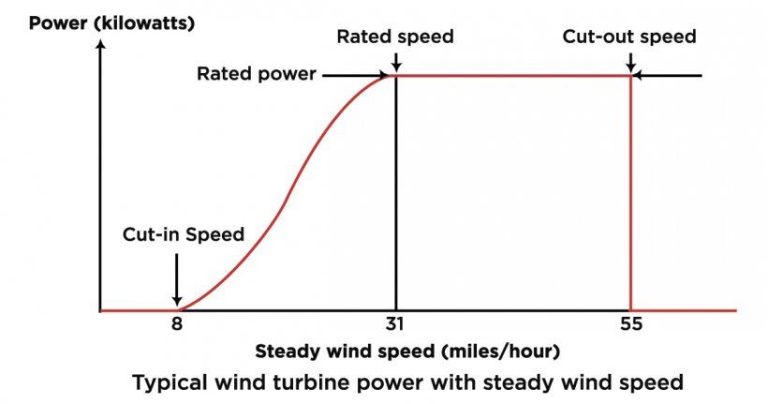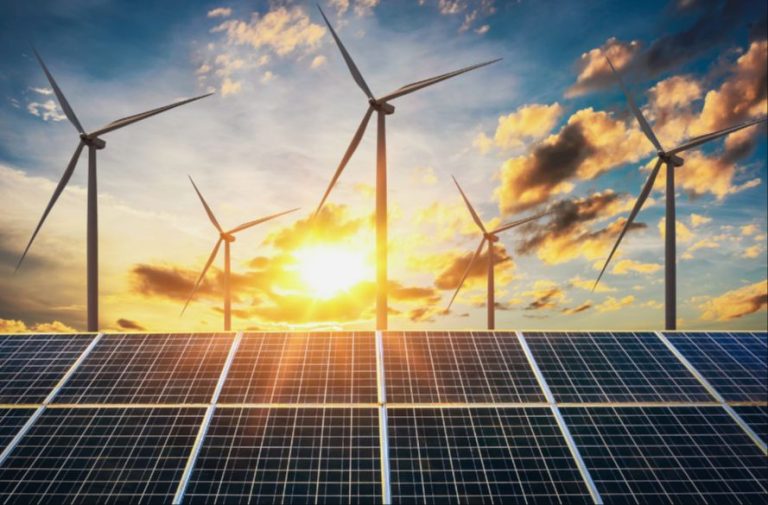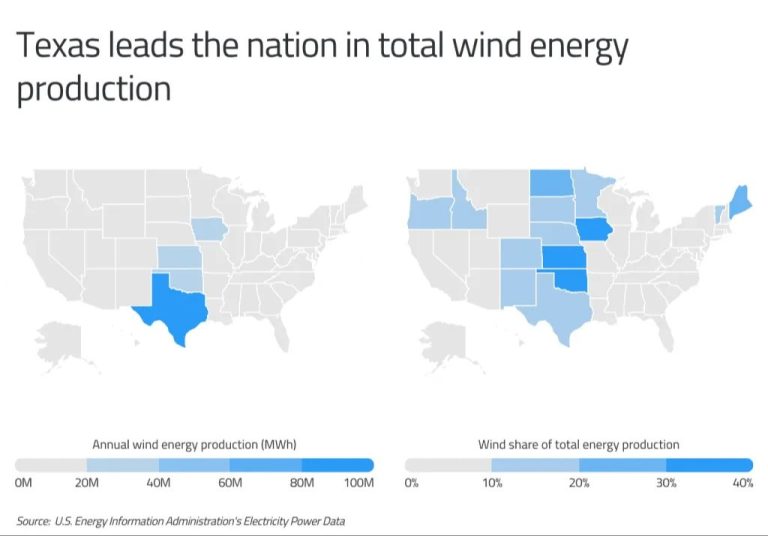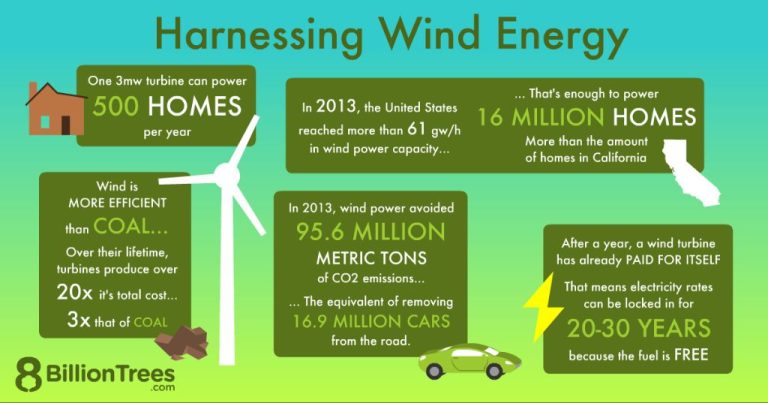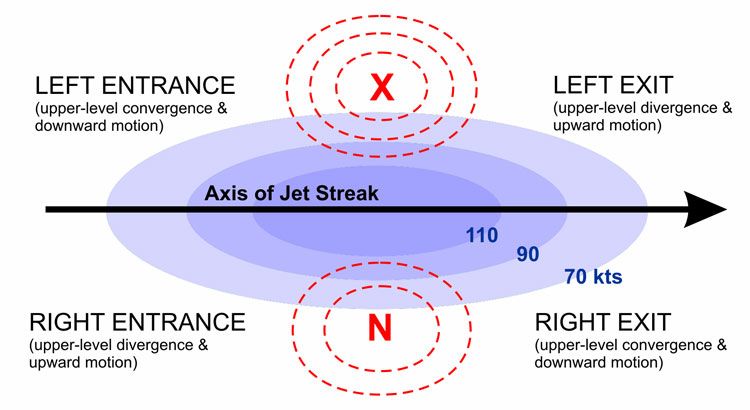Can You Power Your Home With Wind?
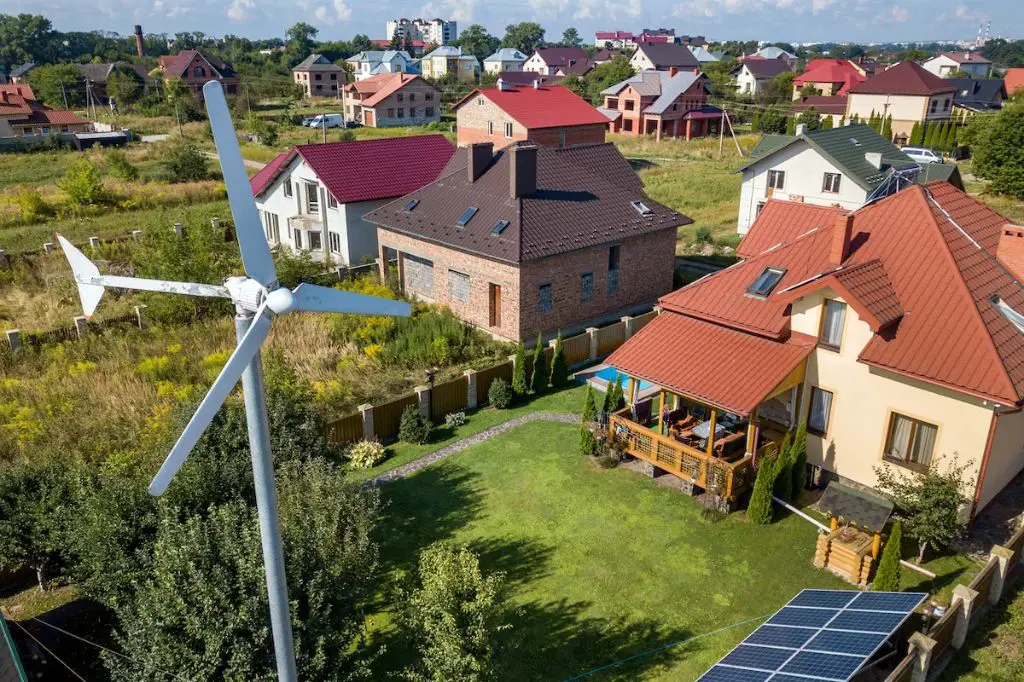
Wind energy is one of the fastest growing renewable energy sources in the world. In the last decade, wind power capacity in the U.S. has increased over 10-fold, providing over 7% of the nation’s electricity in 2020 (https://cleanpower.org/facts/wind-power/). With wind turbines becoming more affordable and efficient, an increasing number of homeowners are considering harnessing wind energy on their own properties.
Small wind turbines designed for residential use typically range from 1 to 100 kilowatts. Under the right conditions, a residential wind turbine can offset 50-90% of a household’s electricity usage. Whether wind power is feasible for your home depends on several factors like your location, property size, local codes, and installation costs.
This article provides an overview of how to power your home with wind energy. Key considerations covered include assessing your site, turbine sizing, connecting to the grid vs off-grid systems, permitting, incentives, and costs.
How Wind Turbines Work
Wind turbines convert the kinetic energy in wind into mechanical energy using a rotor with two or three blades. As wind blows across the blades, the rotor spins and drives a generator to produce electricity. The amount of energy generated depends on the turbine’s size and the wind’s speed.
The blades are designed to capture the maximum energy from the wind. Their aerodynamic shape helps them rotate when wind passes over them.1 The rotor connects to a drive shaft that turns when the blades spin. This drive shaft connects to a gear box which increases the rotational speed to drive an electrical generator. The generator uses electromagnetic induction to convert the mechanical rotation into electrical energy. This electricity is then fed into the grid or used for off-grid applications.
Wind turbines include sensors and controllers that optimize their performance. For example, they can change the pitch of blades or yaw them into the wind. These systems allow turbines to adjust to changing wind speeds and directions in order to maximize power output.
Assessing Your Location
Before installing a wind turbine, it’s crucial to thoroughly assess your location to determine if it is suitable for wind energy. According to the Small Wind Guidebook from the U.S. Department of Energy, there are several factors to evaluate:
Average wind speed is one of the most important considerations. Most small wind turbines require an average annual wind speed of at least 9 mph to generate a worthwhile amount of electricity. Use a data logging anemometer for at least one year to get accurate wind measurements at hub height. Faster wind speeds of 11-14 mph are ideal (Mother Earth News)
Turbine height restrictions can also limit wind energy potential. Most zoning laws restrict turbine height, so check with your local permitting office. In general, wind speeds increase with height, so taller turbines generate more power.
Positioning is critical. Since wind direction is rarely constant, consider multiple mounting locations around your home to catch winds from all directions. Select sites upwind of buildings and trees to avoid turbulence. South-facing ridges and hilltops catch the most consistent winds.
By thoroughly evaluating these variables, you can determine if your location has the wind resource to justify installing a wind turbine.
Turbine Size and Power
The power generated by a wind turbine is directly related to the size of its blades. This is because larger blades can capture more wind energy.
The power generated by a wind turbine can be calculated using the following formula:
Power = 0.5 x ρ x A x V3
Where ρ is the air density, A is the area swept by the rotor blades, and V is the wind speed.
Doubling the blade length increases the swept area by a factor of 4 and the power by a factor of 8. This cubic relationship explains why larger rotors generate much more power.
For example, a turbine with 40-meter blades generates over 6 times more power than an equivalent turbine with 20-meter blades at the same site. As a result, modern commercial turbines typically have rotor diameters of 70-130 meters.
While larger turbines generate more total power, the power density (power per unit swept area) reaches a maximum at about 40-50 meters diameter. Beyond that size for a given site, the increased material and construction costs may not be justified by increased generation (source).
Grid-Tied vs Off-Grid
When considering wind power for your home, one of the biggest decisions is whether to go with a grid-tied or off-grid system. Here is a comparison of the pros and cons of each:
Grid-tied systems connect to the existing electrical grid. The wind turbine generates electricity when the wind is blowing, which feeds into the home’s electrical system. Any excess electricity gets sent back out to the grid. The pros of grid-tied are that you can still rely on the grid when the wind isn’t blowing. There’s no need for battery storage. Grid-tied systems also enable net metering, where you get credit for sending electricity back to the grid. However, you remain reliant on the utility company and vulnerable to power outages. Grid-tied systems also require an interconnection agreement with your utility.
Off-grid systems operate detached from the grid, generating and storing all the electricity for the home. Excess electricity gets stored in batteries for future use. The major advantage of off-grid is complete energy independence and stability. You don’t have to worry about grid failure. Off-grid systems do require batteries and battery maintenance. They are also more complex to size properly to meet all your electricity needs. Off-grid makes the most sense in remote locations without grid access. According to one source, “The off grid is the second type of wind turbine that is extremely self reliant. You can supplement power from off grid with solar power.” (Source)
When considering grid-tied vs. off-grid, look at your goals for energy independence, battery maintenance, complexity, and upfront costs. For most homes, grid-tied strikes the best balance, enabling wind power without complete detachment from the grid.
Permitting and Regulations
Unlike large commercial wind turbines, small wind turbines for homes often do not need permits in many areas of the United States (https://windexchange.energy.gov/projects/permitting). However, permits are usually required if the turbine is over a certain height or power output. Permits ensure the turbine meets local zoning laws and safety regulations.
Some key permitting considerations include (https://windandsolar.com/blog/wind-turbine-zoning-wind-power-planning-permitting-guide/):
- Setback requirements from property lines and buildings
- Maximum turbine height
- Allowable noise levels
- Appearance and visibility
- Environmental impact
It’s important to check with your local zoning office early in the process to identify relevant permits and regulations. The community’s attitude toward wind turbines will also influence the permitting process (https://www.windustry.org/community_wind_toolbox_6_permitting_basics). An open dialog with neighbors and the municipality can smooth the permitting path.
Installation and Maintenance
Installing a home wind turbine is a complex process that requires expertise. According to Finance-Monthly.com, “The only restriction in installing home wind turbine is your geographical location. These are best in places with windy surroundings and open spaces.”
Proper installation requires evaluating wind patterns, selecting an appropriate tower height, finding the optimal location, and having the necessary equipment to erect the turbine. Most homeowners will need to hire professional installers with engineering experience.
Once installed, wind turbines require regular maintenance to keep them operating efficiently. The most important maintenance task is inspecting and replacing any worn parts, like bearings or brake pads. The turbine blades will also need to be cleaned periodically to remove debris and dirt buildup. Checking electrical components and wires for damage is also critical. With proper care and maintenance, a home wind turbine can last over 20 years.
Costs
The upfront costs of installing a wind turbine at your home can be substantial. These costs include the wind turbine itself, any electrical equipment like inverters, as well as site preparation and installation labor. For a small 2.5 kW turbine, total installed costs often range from $10,000 to $30,000.
Larger residential wind turbines in the 10 kW range can cost $50,000 to $80,000 installed. The specific costs for your project depend on factors like the size of the turbine, tower height, permitting requirements, and installation challenges.
To determine if a wind turbine makes financial sense for your home, you’ll need to calculate the payback period. This is the amount of time it will take for energy cost savings to cover the upfront costs. Many homeowners find the payback period to be 10-20 years for a residential wind turbine installation.
There are incentives like tax credits available that can improve the payback period. But in general, installing a wind turbine is still a major investment. Carefully consider both the costs and your available wind resource before moving forward.
Incentives and Tax Credits
There are several incentives and tax credits available to help make wind turbines more affordable for homeowners. The main ones are:
The federal Residential Renewable Energy Tax Credit allows homeowners to claim a tax credit equal to 26% of the cost of installing a small wind system, including installation costs, through 2032. There are no limits on the amount claimed through 2032. This can significantly offset the cost of installation. See more details at the IRS website.
Some states and local utilities offer rebates or other incentives for installing residential wind turbines. These can range from several hundred to several thousand dollars. Check the Database of State Incentives for Renewables and Efficiency to see what incentives may be available where you live.
The USDA Rural Energy for America Program (REAP) provides guaranteed loan financing and grant funding for renewable energy projects in rural areas, including wind turbines. Grants can cover up to 25% of costs and loans cover the remaining costs at reasonable rates. More details are available on the USDA website.
Is Wind Right for You?
When weighing whether wind energy is a good option for your home, there are a few key factors to consider. Here is a summary of the main pros and cons:
Pros:
- Wind energy is a renewable resource that does not produce greenhouse gas emissions.
- Wind turbines can offset or eliminate your electricity bill once installed.
- Excess energy produced can be sold back to the grid.
- Many homeowners receive tax credits, rebates, or other incentives for installing wind power.
- Adding wind energy increases a home’s value and appeal.
Cons:
- High upfront costs, anywhere from $10,000 to $50,000 for a small residential system.
- Having constant and strong enough winds is critical for feasibility.
- Permitting, equipment, installation and maintenance add to costs.
- Considerable maintenance is required.
- Some neighbors consider turbines an eyesore.
- Wind speeds can be intermittent.
- Some local regulations restrict turbine size and placement.
Overall, wind power is best suited to rural, open areas with consistent wind speeds of at least 9 mph. Those with the upfront capital to invest can offset energy bills going forward. However, turbines require vigilant maintenance and ample wind to be cost-effective. Before installing a wind turbine, carefully assess your location, budget, local ordinances and policies to determine if wind energy aligns with your home’s needs and capabilities.

